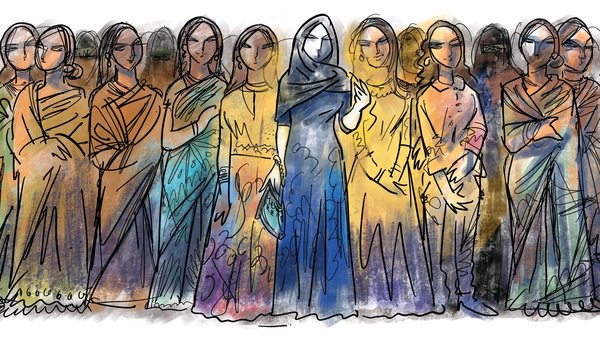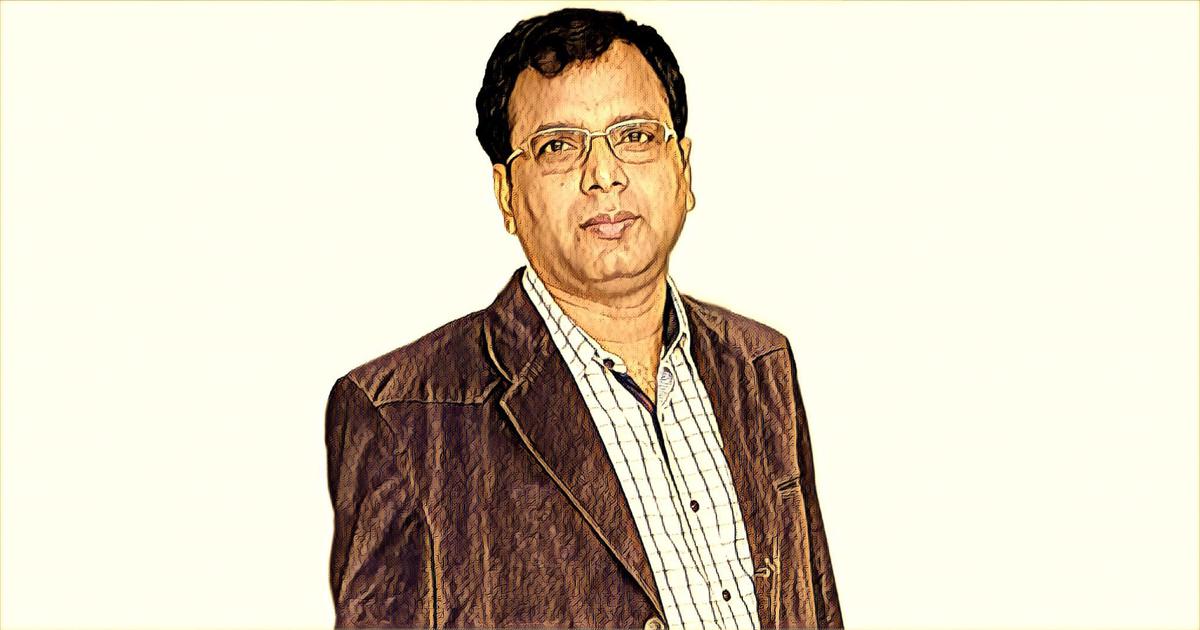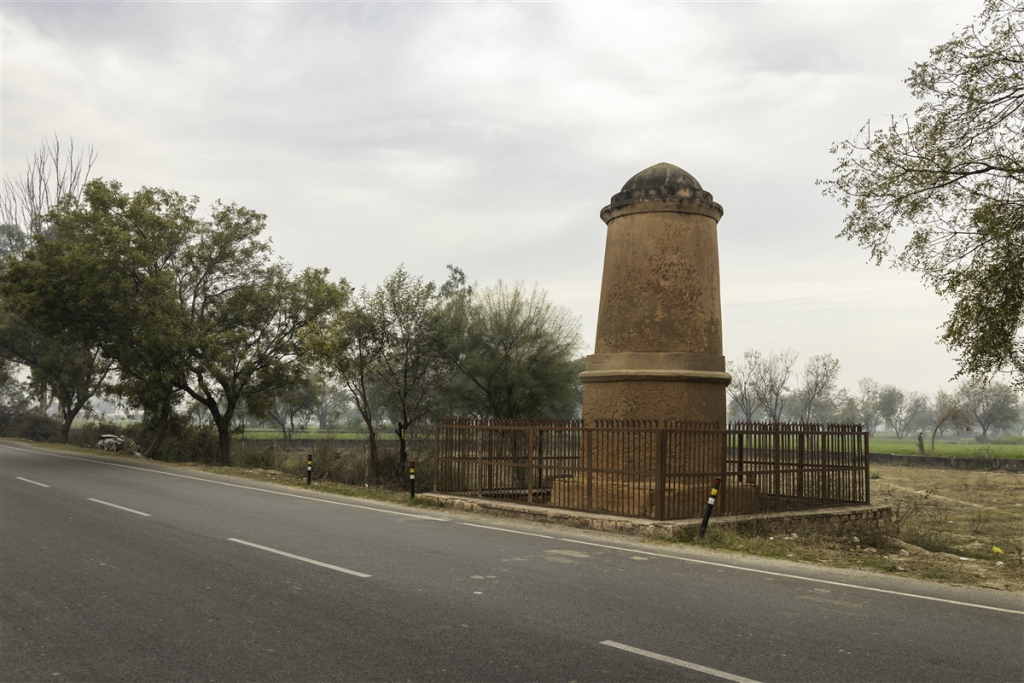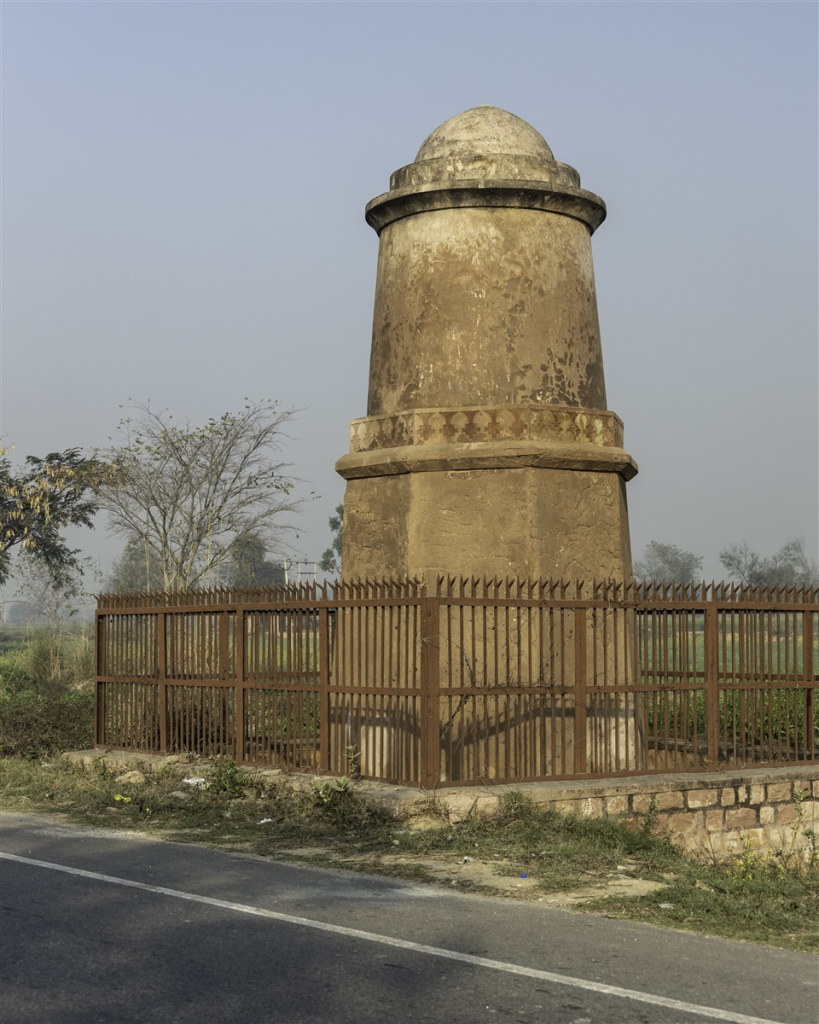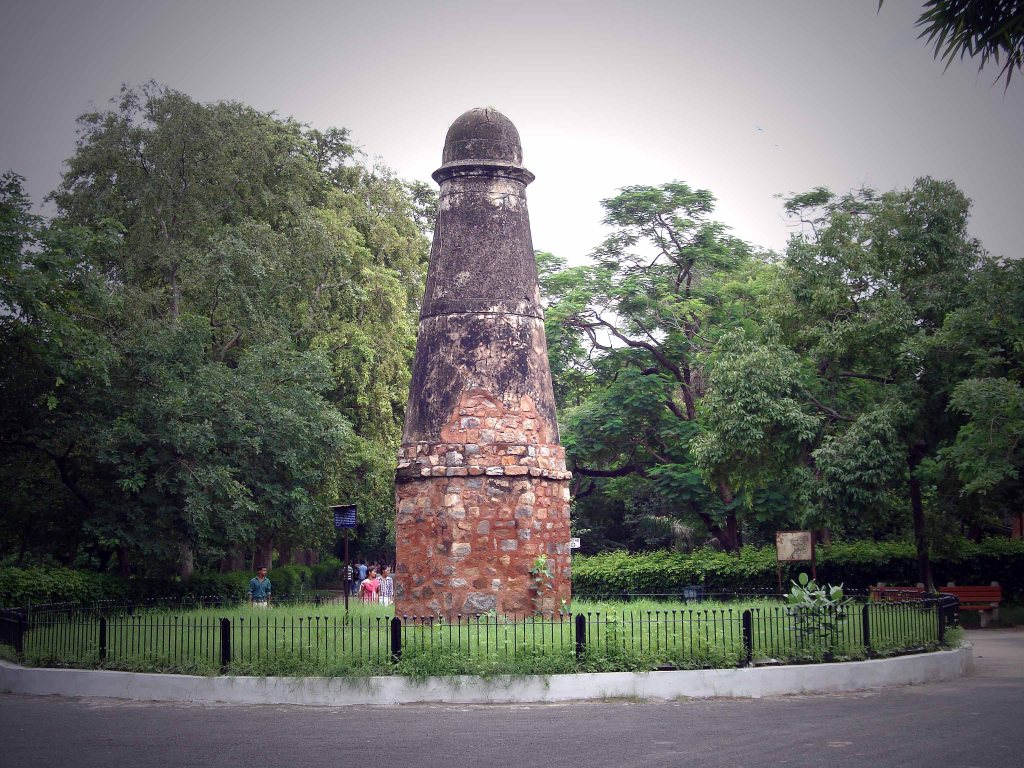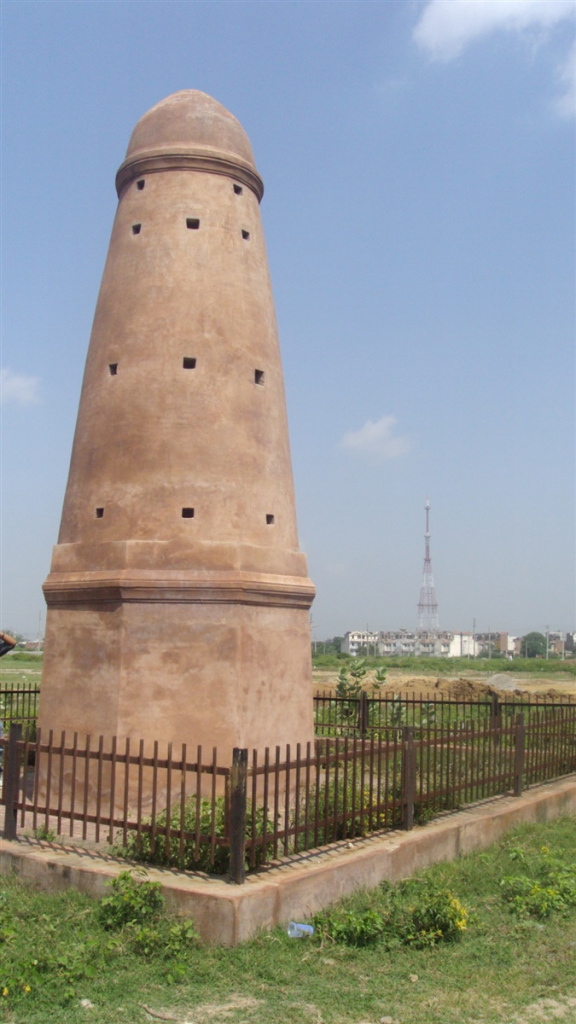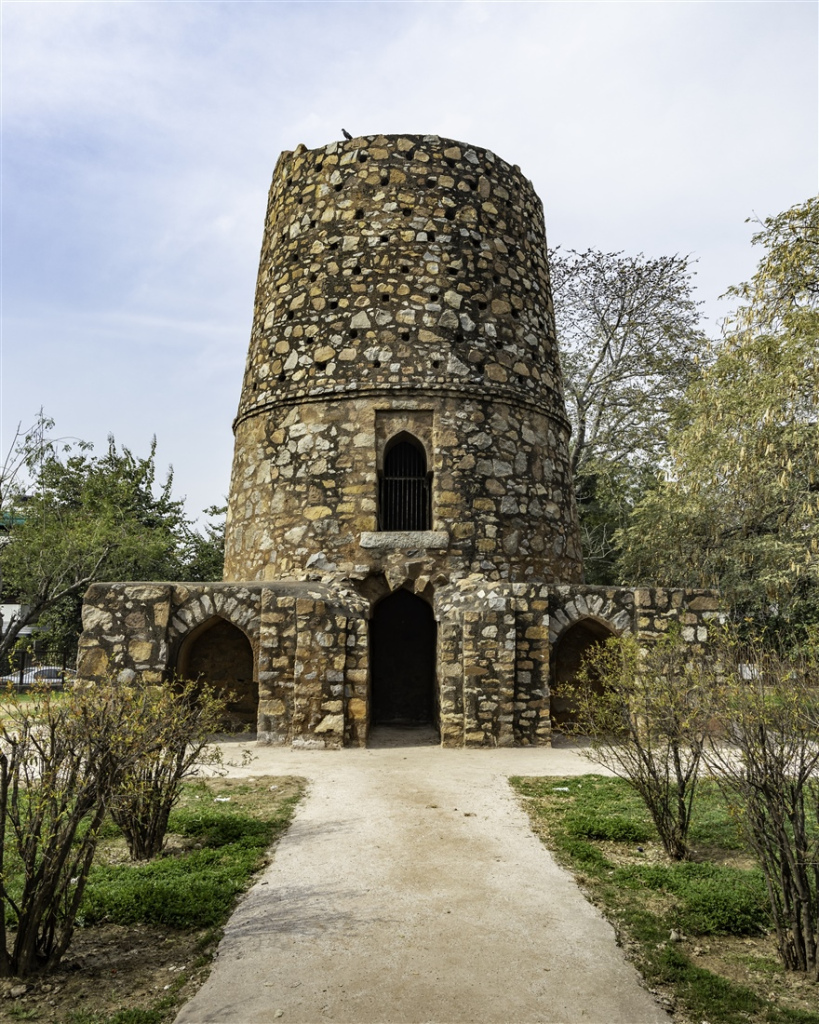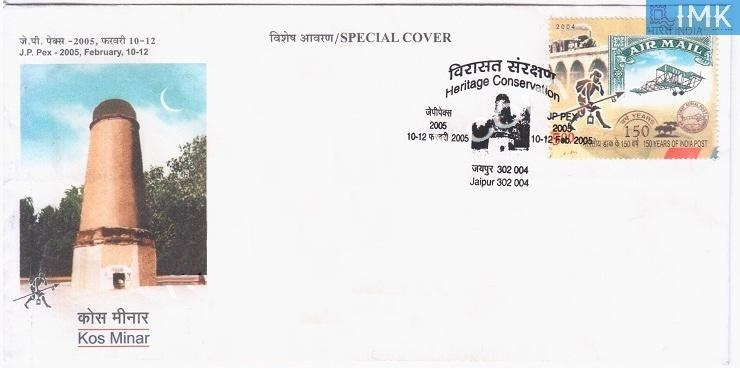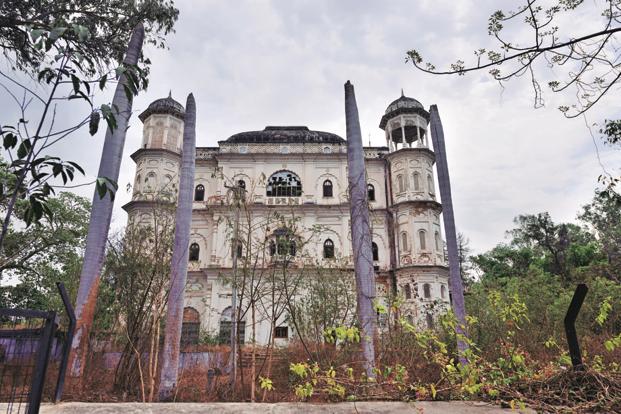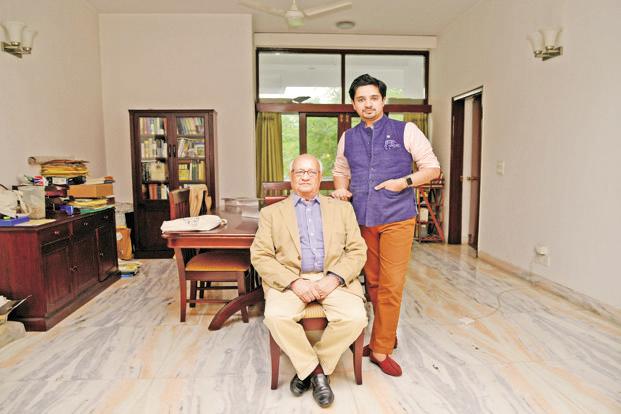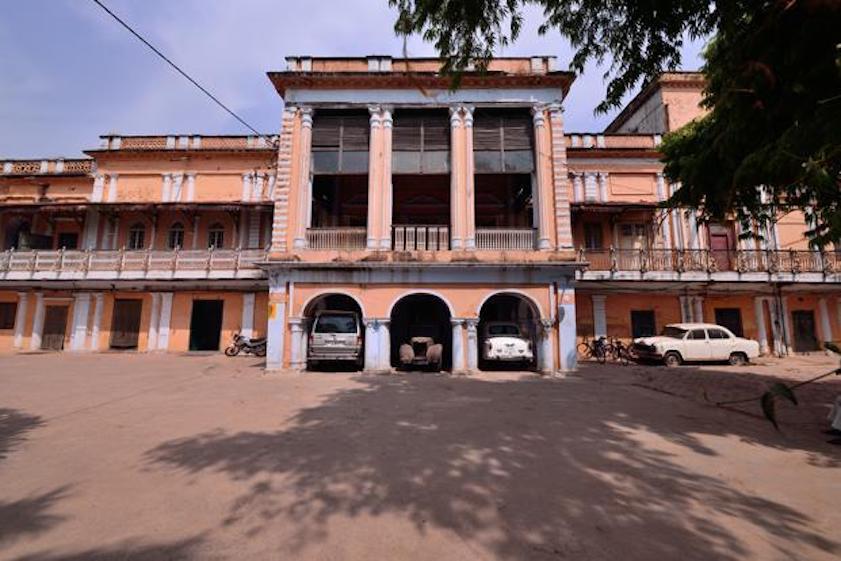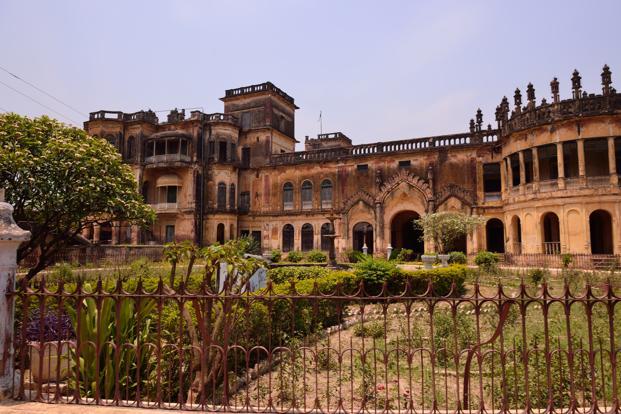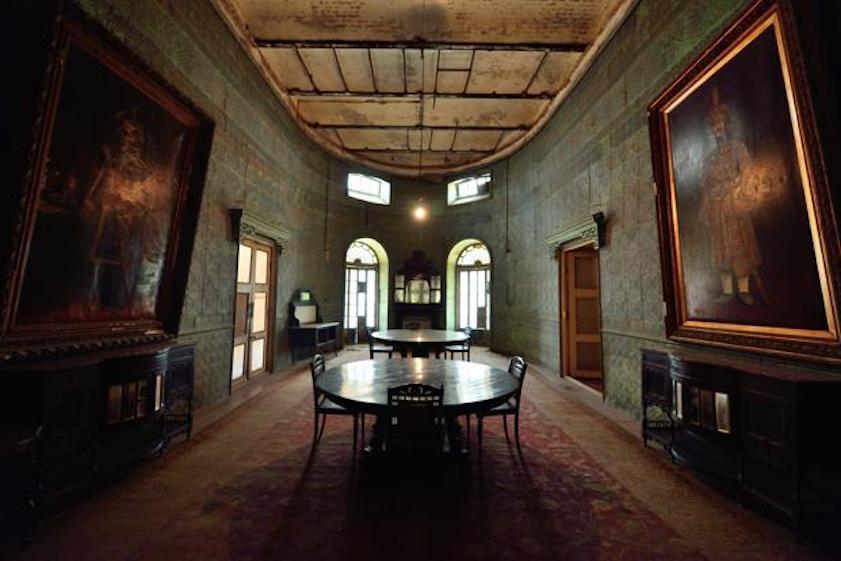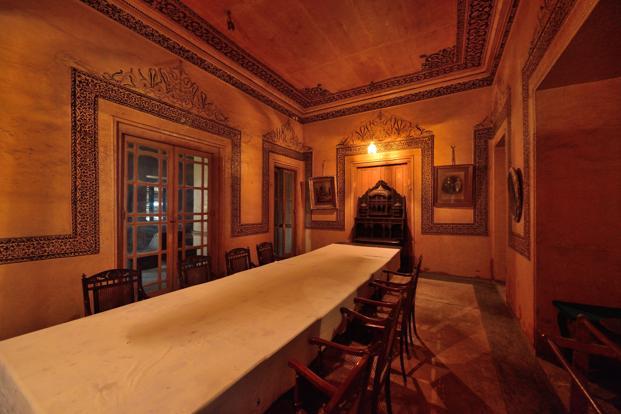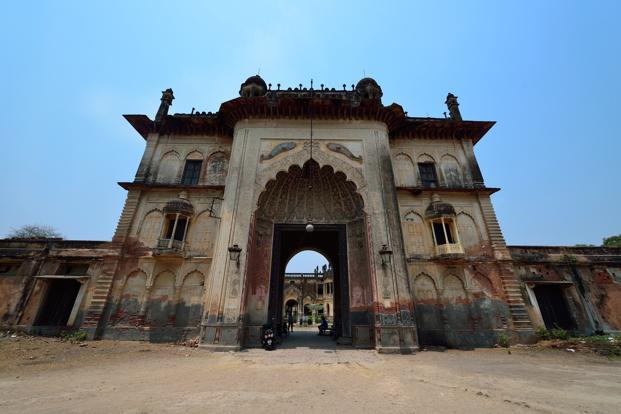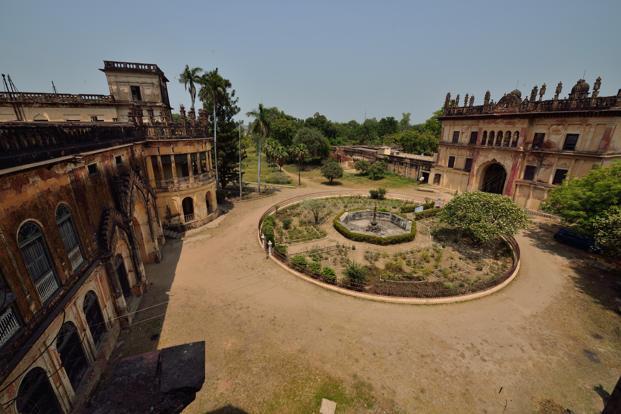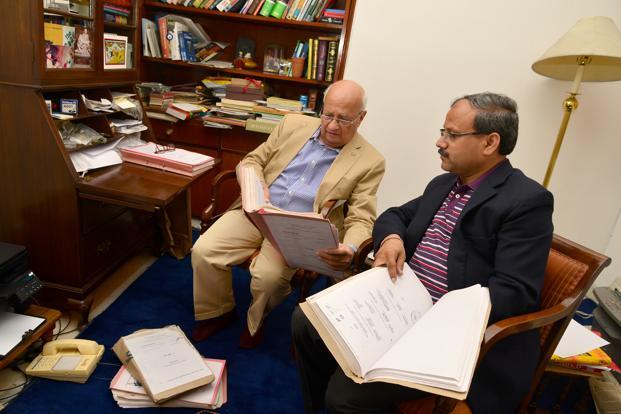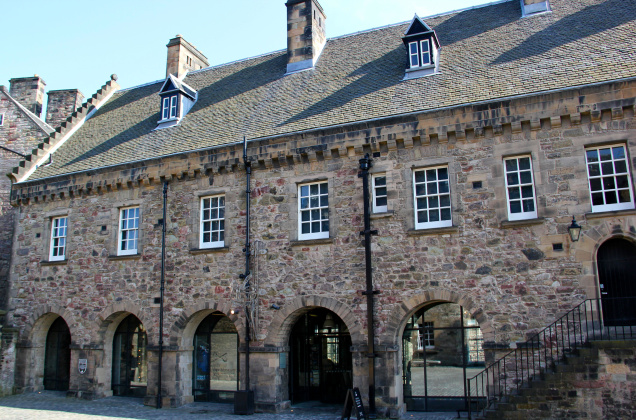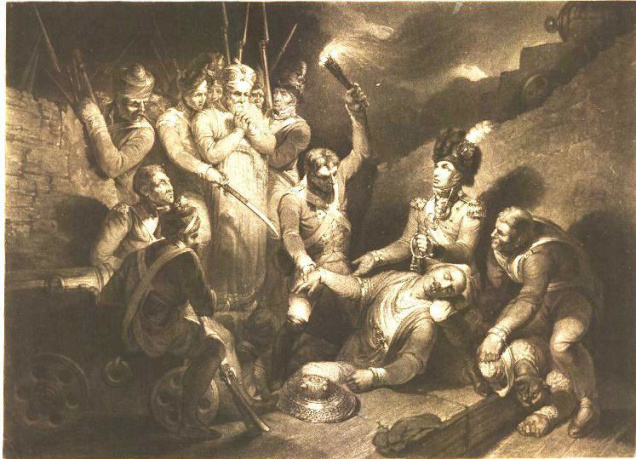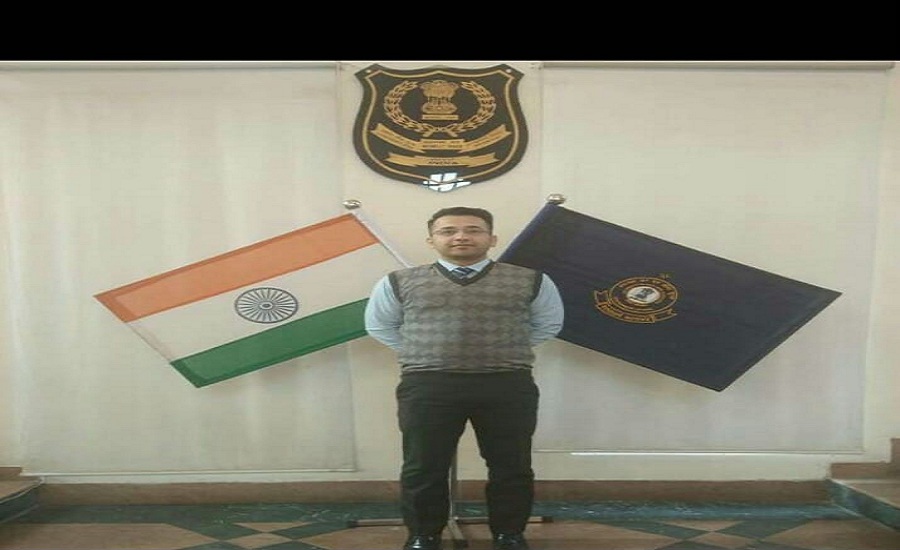INDIA :
- Many young Muslim women are becoming the first in their families to take to the hijab
- For these women, taking to the hijab is a matter of self expression and choice
_____________________________________________________________________
Ten years ago in Bengaluru, inside one of those cookie- cutter 2-BHKs built in bulk next to colleges for students to escape hostel restrictions, as I was contemplating booze, boys, and cutting sleeves off my clothes, something very different was happening in the other room. My flatmate Sanaa Hyder was considering taking to the hijab.
Hyder and I had little in common—except that we were in the same BA course, and that we both came from Muslim families. She had grown up on American TV and music in the NRI alleys of Riyadh while my adolescence had been spent on pirated VCDs of Bollywood films in provincial Ranchi. Much of our relationship was about me ridiculing her lack of knowledge of desi culture, and she correcting my pronunciation of the English words I had read but never heard in small-town north India. So when conversations in Christ College’s hip food courts drifted to Pink Floyd or Sylvia Plath, as they often did, Hyder—in her sweatshirt, jeans and colourful Converse shoes—was way more at home than I would ever be.
In the scale of conservative-to-modern that I had been trained to rank women on, I had not slotted Hyder as the “purdah type”. Neither had her family, it turned out. When she went back to Saudi Arabia for the semester break and told one of the elders about her decision to wear the hijab in public, their first response was: “Are you trying to teach religion to us?”
India’s popular culture has constantly caricatured the burqa as a garment of oppression or ridicule. If a Muslim woman dons it, she is oppressed. If a non-Muslim hero wears it on screen (probably to disguise himself), it is funny. But what is our imagination of the hijab? In the 10 years since I lived with Sanaa, I crossed paths with several young women who took to the headscarf. These women grew up wearing Western attire, were urban, educated, had successful careers, and did not fit into popular stereotypes of the “oppressed Muslim woman”. No one else in their families wore the hijab.
“Where I come from, where I grew up, the friends I had—it wasn’t considered okay to wear it. It was like taking a step backward,” says Tasneem Pocketwala, a 26-year-old writer from Mumbai. Wearing jeans was second nature till she took to the rida (a kind of hijab that members of the Bohri community wear) after she finished her bachelor’s at St Xavier’s, Mumbai. “Even though I grew up in a religious family, the understanding was that it didn’t have to translate to our clothes.”
For Asma Chandragiri, a 24-year-old who converted from Hinduism to Islam and married a Muslim while studying psychology in Delhi’s Ambedkar University, the issue was even more complicated. It meant upsetting her family, which had not come to terms with her becoming a Muslim. “I would walk out of my home and once I would enter the bus, I would clumsily wrap the shawl around myself.”
So what made these women take to the hijab?
In that Bengaluru apartment, while Hyder and I were seemingly going in opposite directions—she towards greater religiosity and me away from it—the processes enabling our respective journeys were similar: being away from our families for the first time, having the time to read and think for ourselves, and studying a humanities course that encouraged us to worry about the world and our place in it. All this, and good internet connection.
Several women I interviewed for this article said they took up the hijab because they wanted to inhabit Islam and the teachings of the Quran “fully”. This was distinct from their parents’ generation, which had been okay with following religion to the extent that their social upbringing had shaped them to.
The journeys of these women reveal a personal and textual relationship with religion, made possible by education, access to information, and a certain level of empowerment or privilege enabling choices. Pocketwala found encouragement in a YouTube community of immigrants in the West talking about #MyHijabStory.
Safina Khan Soudagar, a writer from Goa, was studying in St Xavier’s Mapusa when she was gifted a translated Quran by a friend. She immersed herself in it, recognizing that she had only read it in Arabic without understanding it. There was no one day when she decided to “take to” the hijab. It was an organic, visceral process.
“I always loved scarves. Even for college, one probably hung on my bag tied in a knot. Because of pollution, when I used to travel on a bike to college, I used to put a scarf around me. Eventually, I stopped taking it off right after I got off the vehicle. So till my class I would keep the scarf tied on. And then, very gradually, I started accepting the covering. And one day, I didn’t take off my scarf in class.” When I met her at a café in Panaji a few months ago, she told me she had felt much more confident since because “I know that people are going to look at my work, they won’t look at my outer appearance. It empowers you to do whatever you want. With the hijab, everything is possible.”
Chandragiri’s initial struggle was with how to look good in a hijab. “Earlier, I used to wear the skimpiest of clothes. But the more I learnt about the reasons for the hijab and why we cover ourselves, I realized it’s to take this pressure off women.”
Being Dalit, Chandragiri had gone to the university named after B.R. Ambedkar, hoping for an ideal liberal space, but the lack of awareness about caste disappointed her. Disillusioned, she found solace in Ambedkarite groups initially but moved on to find promise of social justice in ideas in the Quran.
In a world where women are forced to constantly worry about how to hold their bodies—what to wear, how attractive to look—so that it doesn’t come in the way of how people perceive their worth, the hijab can be both a godsend and, sometimes, an extra hurdle.
A few years before she took to it, Chandragiri thought the women who wore the hijab were stupid. “I never realized that it was a bias I had until it happened to me. I had to work extra hard to get my point across because of the assumption that people who wear the hijab are not thinking for themselves. Because they don’t fit into the standard of what liberated women should look like according to Western standards. Because, you know, a strong woman is supposed to be one who doesn’t care about anything.”
Soudagar has had to pay the price for being a hijabi. In December, she was due to appear for the National Eligibility Test (NET), an entrance exam for college- and university-level lectureship. She was in the queue leading up to the examination hall when a male official asked her to take off her headscarf. Shocked, she tried to argue with the officials at the venue that she had given the same exam twice in her hijab, while a long queue full of people behind her stared on.
When she asked why, she was told they needed to see her ears because it was a computerized exam. When she offered to retie the hijab in a washroom so her ears were visible, she was told she would have to sit without the scarf for the entire exam anyway. Humiliated and flustered, she walked out. Standing outside, she checked the NET website for rules regarding covering the head and found none. A week later, she moved the Goa Human Rights Commission for violation of the right to religion. The case is yet to be heard.
“Why didn’t you take it off ?” men commented on her social media post about the incident. “Anyway you aren’t wearing the whole thing.” Soudagar said men from different religions, and even Muslim men from other countries, slut-shamed her. “How can you do that, right? I put on the scarf because I respect my modesty. I respect my religion,” she explains, exasperated. “But you cannot decide someone else’s hijab, somebody’s pace of religion with their lord. You don’t have the right.”
While Hyder’s immediate family came around to accepting her hijab soon enough, relatives in Aligarh still find it hard to digest, with comments like “Look, the dog is barking at you because of your hijab!” Hyder shrugs, “I am doing this to please God, not people.”
Regardless of what hijabi women say, however, they are often asked if they are oppressed: “Even if it is choice, isn’t it inherently patriarchal?”
In a world that is intrinsically patriarchal, the female body has been pierced by the male gaze to such an extent that it is impossible to retrieve its pre-objectified self.
I, like many other feminist women I know, tried to reclaim my body by freeing my skin of (some) cloth, hoping that men would get used to it eventually. We take loud pride in our liberation. But we make sure we hide ourselves and take cover in shrugs and stoles when we are not feeling as safe.
We Instagram our body hair but also wax, we go on diets, we marry, cook for our fathers, we talk about unrealistic beauty standards and use make-up. Why, then, is the question of oppression reserved only for women who choose to wear a scarf?
Pocketwala says she felt the most liberated when she was able to choose to cover herself.
In a deeply sexist world, there can’t be anything inherently feminist or oppressive about letting men see our bodies, just like there isn’t anything inherently feminist or oppressive in deciding to cover ourselves.
As I write this, women in Iran are being sentenced for protesting against the hijab—in March, a human rights activist got 38 years and 148 lashes—and France’s Muslim women await the next “secular” law that will decide how they should carry their bodies. So the stories of Indian women who chose to take on the hijab cannot answer every question about choice and oppression in the man’s world that we live in.
What these women’s stories can show, however, is that while religiosity is often conflated with conformism, it could be rebellion as well; it shows religious practice can go against the norms and expectations of the society people grow up in.
Mostly, however, the stories of Soudagar, Chandragiri, Pocketwala and Hyder should show us that young Muslim women are quite capable of thinking for themselves.
source: http://www.livemint.com / LiveMint / Home> Explore / by Shireen Azam / May 12th, 2019
